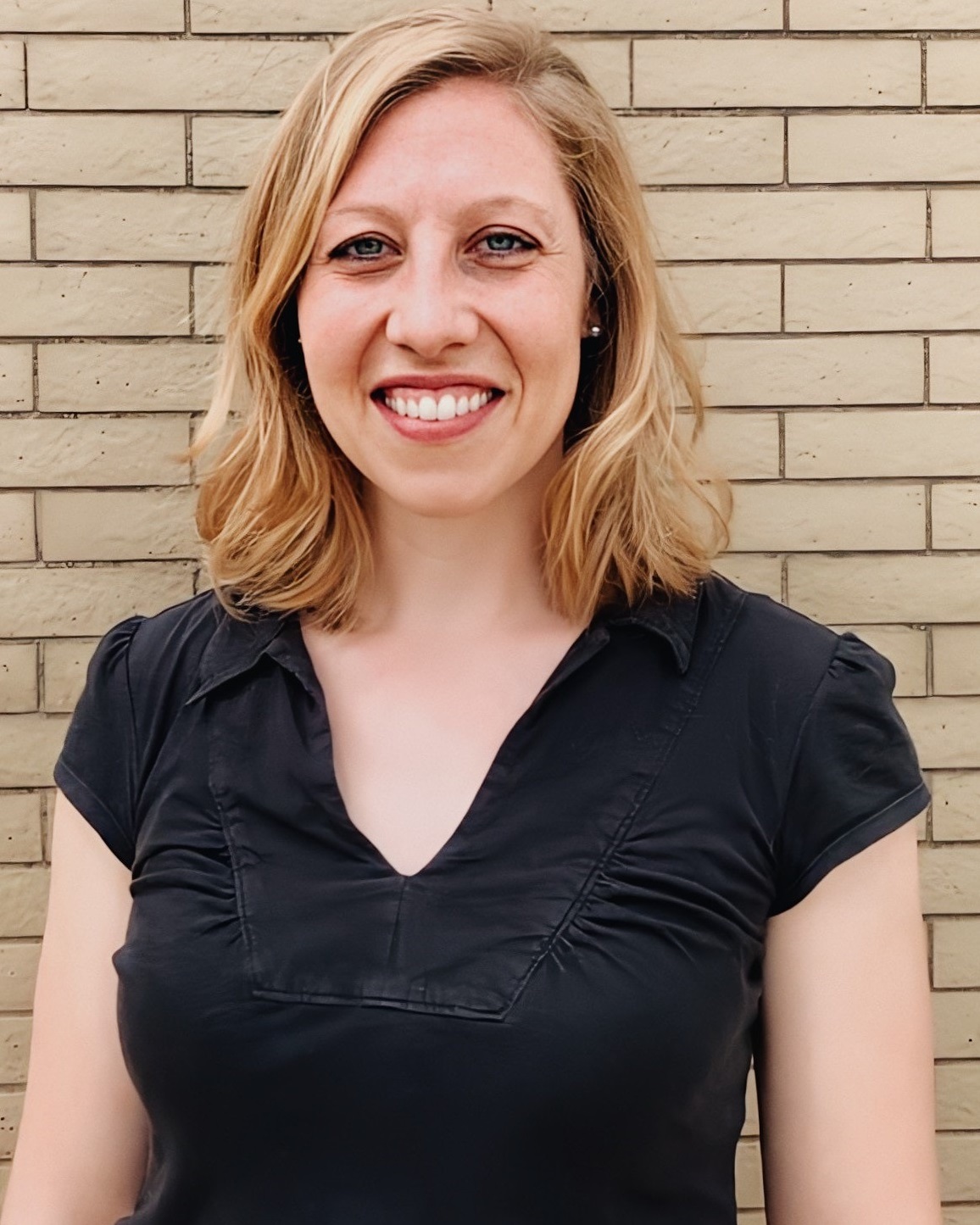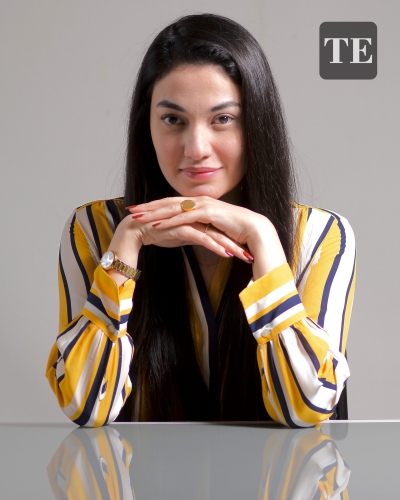1) Please tell us about the School and its inception story. Brief us about the mission/aim and goal of the School.
Pan-American School is the first IB continuum school offering the International Baccalaureate (IB) Diploma Programme (DP), Middle Years Programme (MYP) and Primary Years Programme (PYP) in Costa Rica. Our school mission, vision, and philosophy and our staff’s commitment are aimed at graduating well-rounded, responsible global citizens who are equipped with the skills and passion to make a positive impact in the world around them. Our educational program is based on core values which are essential in facing today’s challenges. Through the use of cutting edge technology and close contact with our environment, as well as direct involvement in service learning projects, our students are able to develop a sensitive and critical awareness of the world. Our medium size (approximately 600 students) and our low 1:6 teacher to student ratio allows us to provide individualized attention and focus on building confident students with leadership skills. Our graduates leave prepared to successfully pursue higher studies in national and international colleges and universities.
2) Enlighten us on the Key Personality (Principal/Founder) of the School and take us down the road on the contributions he/she has made and is making for the Institute.
Pan-American School began March 2, 1971 in Los Yoses, San José with 35 students and five teachers. Its special philosophy promoted rapid growth which caused the school to move to Barrio México and later Escazú and Guachipelín. The school’s learning environment of respect, leadership and camaraderie inspired a group of parents wishing to have their children continue studying under Mr.Genis’ philosophy to create the Secondary School. This section opened its doors in 1993 in a converted house in Los Laureles, Escazú. The new millennium brought the integration of the Primary School and the Secondary School in modern installations in San Antonio, Belén, Heredia. In 2006 it received its first international accreditation by the New England Association of Schools and Colleges (NEASC) and the Council of International Schools (CIS). Since 2010 the school has offered a Middle School for grades 6-8 to provide a smooth transition between Primary and Secondary. In 2015 the School was authorized as a World School to offer the International Baccalaureate Diploma, and in 2019 it became the first school in Costa Rica – and only the second in Central America – to offer the IB Continuum of education with the authorization of both the Primary Years Programme (PYP) and Middle Years Programme (MYP).
3)What is student life like? What strategies do you use to promote a vibrant and cohesive community at your school?
We believe members of our PAS Community can reach their maximum potential by increasing their self-knowledge, self-discipline and assertive communication skills together with the practice of values. Toward this end, we strive to create a physically and emotionally safe environment within our school in which students and teachers can take risks and move beyond the traditional offering.
A pillar of our program is Service Learning, where we emphasize the value of direct involvement in developing social awareness through hands-on experiences, combined with the giving of time, effort, and passion to improve the lives of others who are less fortunate.
Our student life is varied and encourages student input in the school’s decision-making processes. We encourage involvement in the Student Council and National Honor Society. Both organizations carry out activities that encourage service and school spirit, and contribute to integration within generations. Pan-American School has a staff of professional psychologists and learning specialists that support and offer guidance students for their social, emotional and academic development through specialized services that provide information, intervention, and coordination of community educational resources.
4) What curriculum do you use? How is your curricular approach integrated into the classroom at different levels of education?
Pan-American School runs the IB Continuum of education, with students in Early Years and Primary undertaking the Primary Years Programme (PYP); students in Grades 5-10 undertaking the Middle Years Programme (MYP); and students in Grades 11 and 12 taking the Diploma Programme (DP).
5) Kindly brief us about the distinct academic programs of the School.
Early Childhood Education (ECE)
Early Childhood Education includes three levels: PlayKids, PreKinder and Kinder which include children entering with ages from 18 months up to 5 years 3 months. The maximum number of students per class is 20. In PreKinder and Kinder there are two teachers. In PlayKids, depending on the number and ages of the children, the ratio of adults is from 1:4 to 1:6. In Early Childhood Education, we also count on the support of a professional in psychology and early stimulation.
PYP
The Primary School is composed of six grade levels: Preparatory through Fifth Grade. The subjects taught in this division in English are: Mathematics, Science, English Language Arts, Skills 4 Life, Visual Arts, Technology, Research/Library, Music, and Physical Education. In Spanish we teach Social Studies and Spanish.
MYP
The principal objective of Middle School is to support as they transition from Primary School to High School. Spanning sixth to eighth grades, Middle School provides gradual changes in structure in each grade to achieve a smooth transition from a Primary-like 6th grade to a High School-like 8th grade. Pan-American’s Middle School honors this important developmental transition, providing guidance and support through an inclusive atmosphere and an engaging, relevant curriculum. Our goal is to encourage the young adolescent student to think analytically, rise to new academic challenges, identify personal strengths, work effectively in teams, and continuously strive for success.
DP
Pan-American High School fulfills its mission of forming well-rounded bilingual individuals thanks to our integrated approach that includes the curriculum, student life, and support services. Our goal is for our young people to achieve their potential not only intellectually, but also artistically, athletically, and morally, so that they may lead responsible and fulfilling lives as citizens of an increasingly globalized world. After completing Middle School, students enter High School (grades 9-12). The IB Diploma program is offered in years 11 and 12. Pan-American School is proud to be the only school in Costa Rica in which all students can opt for three certificates: the International Baccalaureate (IB) Diploma, the U.S. High School Diploma, and the National Bachillerato en Educación Media diploma.
6) What extracurricular activities do you offer? When and how often do these activities take place?
Each semester a schedule of classes and clubs is offered after the regular school day according to student and parent interests and requests. These include artistic, gastronomic, sports, and intellectual activities for students at each grade level
7) How do you maintain student diversity in the campus and encourage international students to be a part of the School?
At Pan-American School we believe there are great opportunities for learning outside the classroom, especially when combining recreation with discovery of knowledge. Thus, we encourage student participation in a large variety of programs in and out of the country. Examples include: end of unit presentations; Model United Nations, Global Initiatives Network, Math Olympics, Chemistry Olympics, Visual Arts contest of ACEP, Reds and Blues activity which aims to build school spirit; a robust sports programme which competes locally and internationally through our association with AASCA; the National Honors Society (NHS); Student Council and others.
The International Opportunities consist of opportunities to travel to another country to participate in an academic, athletic or cultural program that emphasizes integrated learning, respect for differences, and student responsibility and independence. Examples: Mark Day School Student Exchange, Space Camp, AASCA Tournaments and Leadership Training, Global Initiatives Network, and International CAS programs, such as the Children of Haiti Project.
8) What kind of financial aid and scholarship do you provide to the students?
Pan-American School is supported by the Fundación PASaporte para la Educación, which provides for a number of annual scholarships recognizing student excellence in the areas of academics and sports.
9) How is your school operated and governed? What Are the Main Standards and Guidelines for Quality Assurance at Your Educational Institution?
As a NEASC accredited school, Pan-American School demonstrates its ongoing achievement of, and commitment to, the highest international standards of professional performance and school governance. With a long-standing and committed governing body, Pan-American School has been able to engage in long-term strategic planning thanks to its foundation of stability and continuity over time.




